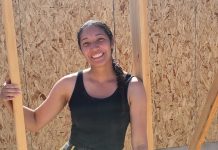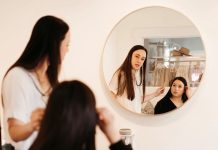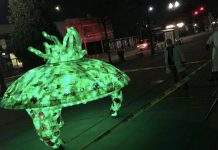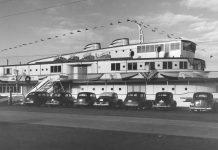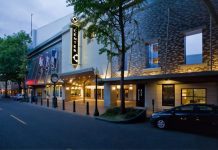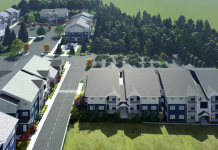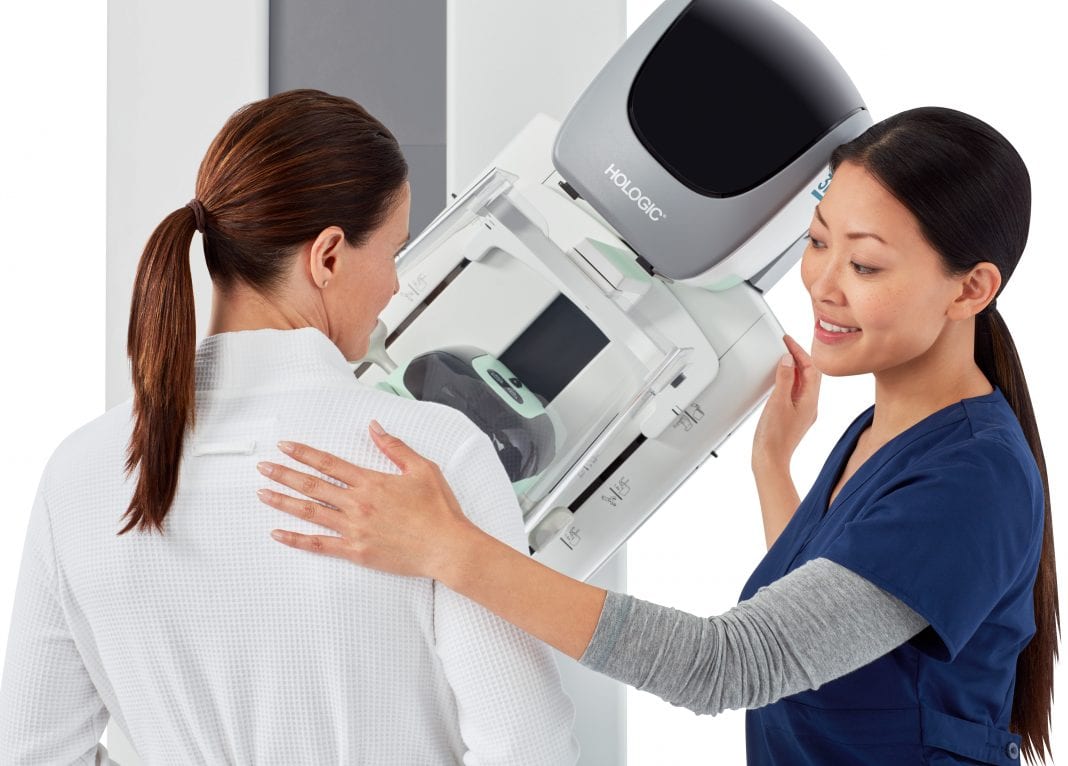When Mary Nam of KOMO News was diagnosed with breast cancer, it came as a shock, but she’s “lucky.” Nam had no family history of breast cancer, was just 40-years-old and a test for any genetic mutations that might lead to cancer had come back negative. Her first regular two dimensional (2D) mammograms found no evidence of the disease but as one of many women with dense breast tissue, she was then offered a second mammogram using three dimensional (3D) technology with which doctors discovered five separate invasive lobular carcinoma tumors, for which she was subsequently treated.
Nam’s so-far fortunate story illustrates the importance of knowing your risk, understanding best recommendations, and the critical advantages of 3D mammography, also known as tomosynthesis. At both TRA Medical Imaging and Diagnostic Imaging Northwest, 3D mammography is the norm for all patients, many of whom are grateful for their own early diagnosis. While there are many different groups making (sometimes confusing) recommendations, Dr. Marianne Kim of TRA/DINW recommends those of the American College of Radiology (ACR) and Society of Breast Imaging and appreciates the guidelines of the American Society of Breast Surgeons (ASBrS) which are even more specific for women of higher risk, and pointedly direct women to choose the advantages of 3D whenever possible. Those guidelines include the following recommendations:
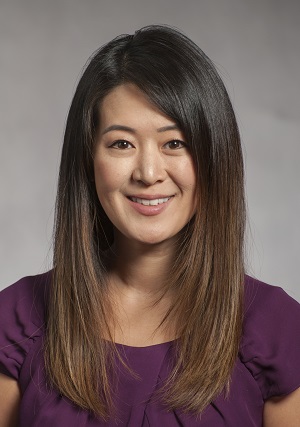
Women 25-years-old and over should undergo formal risk assessment for breast cancer (the ACR recommends this by age 30).This assessment looks at seven key factors, and results help to determine at what age annual breast screening should begin. Women found to be at exceptionally high risk for cancer–such as those with a genetic mutation such as BRCA1 or BRCA 2–should begin screening breast MRI at age 25 and screening mammography at age 30! Dr. Kim explains, “These mutations are like signposts indicating very high risk for breast cancer.” In addition to these and family history, additional common risk factors include: obesity, smoking, nulliparity and breast density.
Women with a higher-than-average risk of breast cancer–including those with a strong family history or a prior breast biopsy showing certain atypical changes–should undergo yearly screening mammography, sometimes before the age of 40, and also be offered yearly supplemental imaging such as breast MRI. Modern medicine now recognizes several high risk groups and your doctor should be able to help you understand these and make appropriate recommendations. The ACR strongly endorses screening MRI in addition to mammography in patients for whom that risk is greater than 20 percent and other patients with a strong family history.
Women (like Nam) with an average risk of breast cancer should initiate yearly screening mammography at 40-years-old. This is earlier than some guidelines recommend, but with good reason. Breast cancer is the number one cause of cancer death in women 35- to 54-years-old and catching it early saves lives: mammography has been proven to reduce deaths due to breast cancer in women who began screening at 40-years-old. “I absolutely agree with beginning yearly screening mammography at age 40, when there is so much life ahead of you. Is there anything more powerful you could do than potentially save your own life just by undergoing a screening examination?”
One further recommendation, according to TRA’s Dr. Kim, echoing the ASBrS: “Use 3D mammography whenever possible. In recent years, studies in the literature have consistently shown that 3D improves cancer detection and reduces false positive work-ups,” she explains. “In many cases like Nam’s, we may not have seen the cancer on a standard 2D examination.”

All TRA sites offer 3D mammography from the very first visit, often allowing earlier cancer detection. This breakthrough tool provides patients with peace of mind due to its increased level of accuracy. Studies have shown a 10 to 30 percent increase in overall breast cancer detection through using 3D mammography and also show that fewer patients get called back for further investigation, the best of both worlds. “I sleep better at night knowing we are using the best tool available,” says Dr. Kim. “Every day I am thankful this tool is available and would not want to settle for anything less for my patients, friends, or family.”
Nam realizes that things could have gone a very different direction. “If the radiologist had said, ‘Nah she’s only 40, she doesn’t have history, and she’s healthy – this can wait until she’s 45 or 50’…I shudder at the thought,” she says. “I am one of the lucky ones.” For more information about Mary Nam’s story, click here)
If you would like to schedule a mammogram call us at 253-761-4200 for TRA Sites or 253-841-4353 for Diagnostic Imaging Sites in Puyallup and Bonney Lake.
Sponsored

